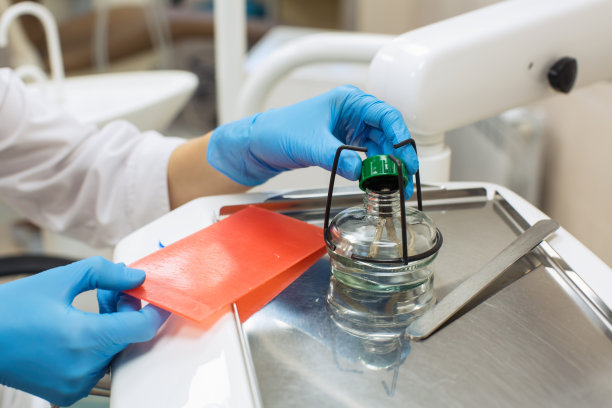Understanding the Process and Importance of Extracting a Tooth for Better Oral Health and Alleviating Dental Pain
Summary: Extracting a tooth may seem daunting, but it plays a crucial role in improving oral health and relieving dental pain. This article explores the process of tooth extraction, including identifying when it is necessary, the step-by-step extraction procedure, post-operative care for optimal recovery, and the long-term benefits that arise from this dental intervention. Understanding these aspects helps to prepare individuals for potential dental extractions and emphasizes the importance of maintaining a healthy oral environment. Ultimately, tooth extraction can be a proactive step toward long-lasting dental health and improved quality of life.
1. When Tooth Extraction Becomes Necessary

Various conditions may lead to the need for tooth extraction. Cavities, for instance, can cause significant decay, compromising the structural integrity of a tooth. If a cavity is too deep to be treated with fillings or other restorative methods, extracting the affected tooth may be the best option to prevent further pain and infection.
Another common reason for tooth extraction is overcrowding. In cases where the mouth cannot accommodate all the teeth, dentists may recommend extraction to facilitate orthodontic treatment. This approach helps to ensure proper teeth alignment, leading to better oral health outcomes in the long run.
In addition, impacted wisdom teeth can often necessitate extraction. As these third molars attempt to emerge, they can become trapped beneath the gums, leading to pain, swelling, and potential infection. Removing them prevents these complications and promotes better oral hygiene.
2. The Step-by-Step Extraction Process
The tooth extraction procedure typically begins with a thorough examination and imaging of the affected area. This helps the dentist assess the tooths condition and plan the extraction accordingly. Once this is established, local anesthesia is administered to ensure patient comfort during the procedure.
After the anesthesia takes effect, the dentist carefully loosens the tooth using specialized dental tools. This process may take a few minutes, as the goal is to ensure minimal damage to the surrounding tissues. Once adequately loosened, the tooth is gently removed from its socket.
For more complex extractions, such as impacted teeth, surgical intervention may be required. In such cases, the dentist may need to make small incisions in the gums to access the tooth properly. Though this may sound intimidating, advanced techniques ensure that the procedure is as efficient and comfortable as possible.
3. Post-Operative Care for Quick Recovery
After a tooth extraction, proper post-operative care is vital to ensure a fast recovery. Patients are typically advised to bite down on gauze for a few hours to curtail bleeding and promote clot formation. It is crucial to follow the dentists instructions to minimize the risk of complications.
Rest is essential in the initial days following the procedure. Patients should avoid vigorous physical activities and allow their body time to heal adequately. Ice packs can be applied to the outside of the jaw to reduce swelling and discomfort, providing relief during the recovery period.
In addition, its important to maintain oral hygiene while being cautious around the extraction site. Gentle rinsing with warm salt water can help keep the area clean and prevent infection. Following these aftercare tips can significantly accelerate healing and reduce the likelihood of complications.
4. Long-Term Benefits of Tooth Extraction
Although losing a tooth may seem like a setback, the long-term benefits of tooth extraction often outweigh the challenges. By removing problematic teeth, individuals can alleviate chronic pain and discomfort, improving their overall quality of life. The absence of infection or decay forms an essential foundation for better oral health.
Moreover, tooth extraction can pave the way for future dental treatments, such as braces. By creating sufficient space in the mouth, extractions can facilitate the successful alignment of remaining teeth, ultimately leading to improved aesthetics and function.
Lastly, maintaining a healthy oral environment post-extraction can prevent further dental issues. A thorough follow-up with regular dental check-ups ensures that any emerging problems are identified early, contributing to a lifetime of optimal oral health.
Summary:
This article elaborates on the essential aspects of tooth extraction and its significance in enhancing oral health. Understanding when extraction is necessary, the extraction process, post-operative care, and the long-term benefits can empower individuals to take proactive steps in dental health management.
This article is compiled by Vickong Dental and the content is for reference only.


